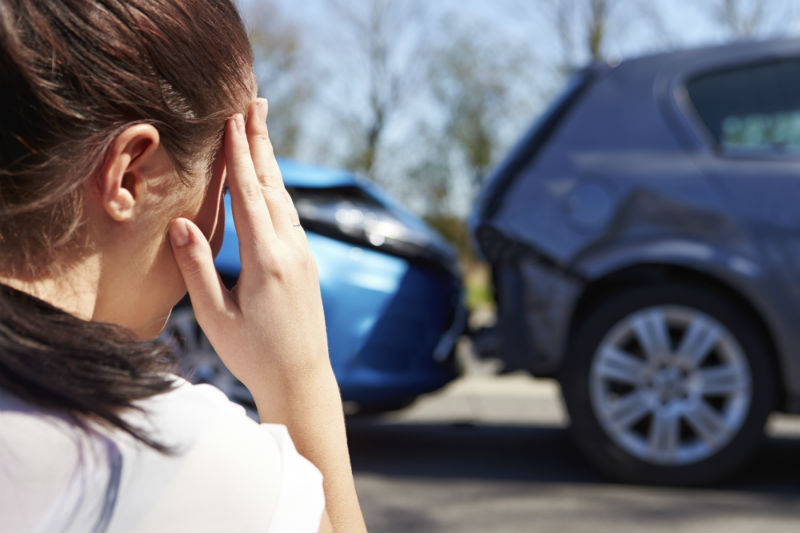February 1, 2016
Millions of car accidents take place every year, which is why all drivers should understand exactly what to do after a collision. This includes collecting information that could potentially be used during negotiations with insurance providers or a personal injury case. After a crash, all involved parties face a possible liability. Insurance companies, and sometimes courts, will make decisions about which side is responsible for damages. Here is a look at exactly what drivers must document following an auto accident.
Contact and Insurance Information From Other Drivers
After everyone involved in the accident is in a safe location, it is time to start collecting contact and insurance information from the other driver. In the event of a multi-vehicle accident, you should collect information from all other drivers involved, even if your car did not make contact with their vehicle.
Contact Information From Witnesses
One common mistake that many drivers make is failing to collect contact information from witnesses. Their testimony could be vital if the accident results in a civil trial, and collecting this information immediately will help you and your attorney build your case. It is also a good idea to ask any adult passengers of other vehicles for their information, although it is not required.
Pictures of The Scene: Do’s and Don’ts
One of the easiest steps you can take to protect yourself is to document the crash through photographs. The physical layout of the scene is incredibly important and could be a major factor that led to the collision. Those that have smartphones or other devices with cameras should take some time to snap pictures of anything that might be relevant to the case. This includes pictures of the damaged vehicles, nearby signs and a few shots of the road from different angles. While this information will most likely be collected later, shooting it on the day of the accident will ensure that no changes are made. Read on for a few guidelines to follow and what to avoid when documenting the scene of a car accident.
-
DO Move Quickly
The police will want to clear the accident scene quickly so that traffic may continue to flow. You might only have a brief opportunity to take photos. Reach for your camera and start snapping as soon as everyone is out of immediate danger.
-
DO Photograph the Entire Scene
As much as possible, include photographs of any factors that might have contributed to the crash. This includes weather conditions, visual obstructions, traffic depth, intersections, signs or signals, road construction and any obstacles. Do not forget evidence such as skid marks or scrapes to guard rails or other objects.
-
DO Photograph the Vehicles
Begin with photos from several angles that show where the vehicles came to rest, then take close-ups of specific areas of damage. Do not forget damage inside the car. Remember to photograph any parts that came off the vehicles before or during the crash.
-
DO Photograph the People
With their permission, get pictures of each person, and any injuries sustained, involved in the crash. You can take pictures of the witnesses, too. This will establish who was there at the time. Safety is always the first concern after an accident, so be sure that is established for all before doing anything else.
-
DO NOT Forget To Photograph Injuries
First, as the law states, always give reasonable assistance to others involved, if needed. Most hospitals have reliable systems that are used to document injuries, but all patients should take some time to write down exactly how they feel, their injuries and what treatments doctors prescribe, if any. People that are involved in an accident often feel a surge of adrenaline, and this can make it difficult to accurately piece together what happened. Writing down this information immediately will give you something to reference going forward.
-
DO NOT Put Yourself or Others in Danger
Do not do anything that would place yourself in danger, such as climbing onto objects or stepping into traffic, while taking pictures. Do not do anything to impede the work of first responders. Do not photograph horrific injuries or victims who have died. These injuries will be documented by police and medical providers. Taking such photos will only seem disrespectful to victims and their loved ones.
What Not To Say
Be sure to remember that any information you provide to the police or the other involved driver can later be used against you in court. Even if you may think you were the one at fault in the accident, others could be at fault as well so it’s best not to volunteer any blaming statements. Contact your attorney to see professional legal advice instead.
How an Attorney Can Assist After a Car Accident
Seeking the advice of a legal professional after a car crash will help to ensure you receive the maximum compensation possible for your personal injury case. Your attorney is more than your advocate for justice representing your best interests, he or she should also help recover damages for missed time off work, medical expenses, pain, suffering, and punitive damages.
Contact the Khonsari Law Group After a Car Accident
There are more than 200,000 car crashes in Florida each year. Within a lifetime, a driver can expect to be involved in three to four accidents serious enough to require an insurance claim. When those accidents occur, it is important to know exactly what to do after. However, we understand that the adrenaline rush you feel after a car accident can lead to some critical mistakes when recording what happened. Anyone that has recently been in an auto accident involving injuries should contact the Khonsari Law Group immediately to help them through this complex legal process.


